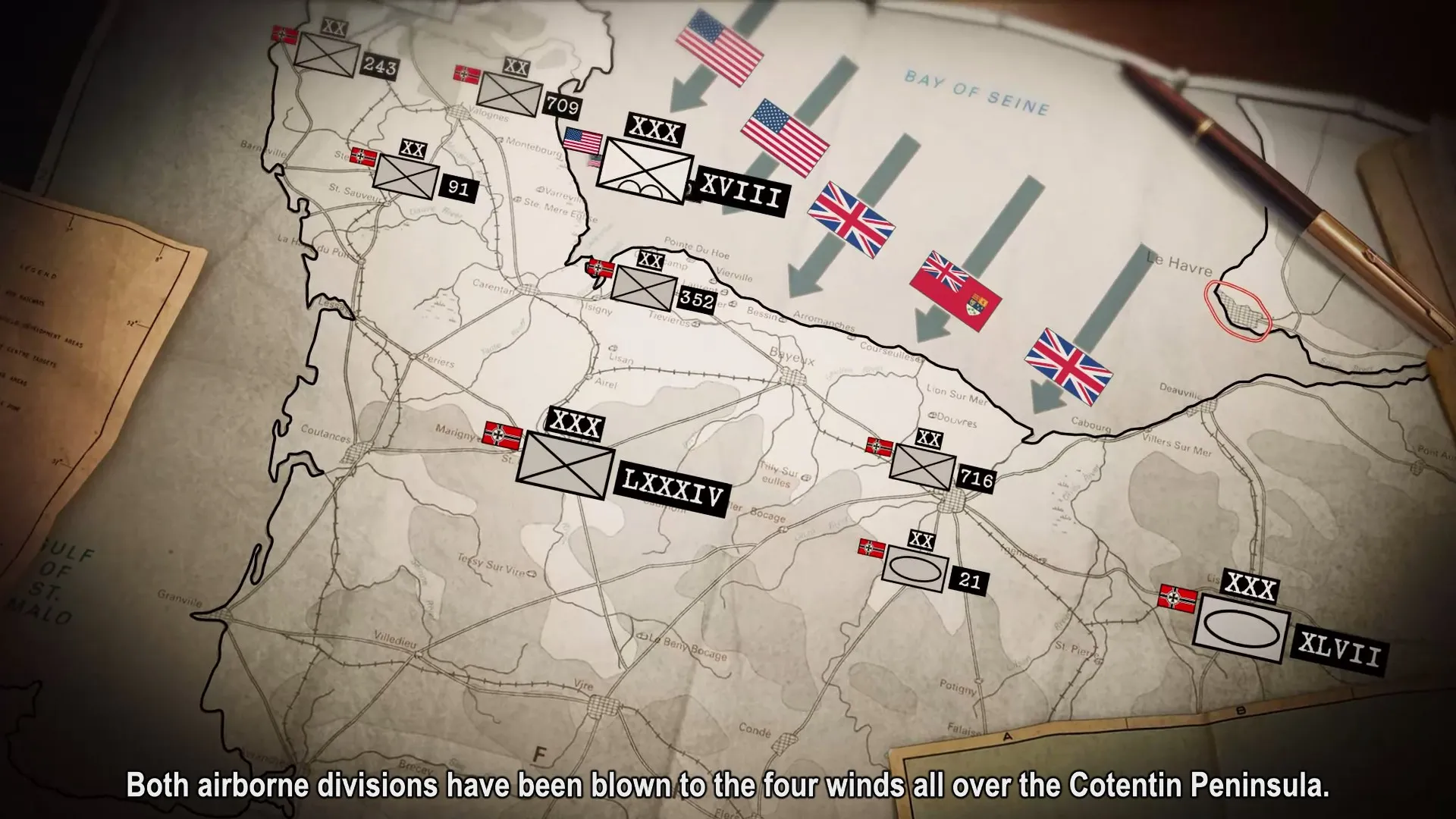
Steel Division: Normandy 44: A Hardcore Combat Simulator
Steel Division: Normandy 44 stands out in the crowded strategy game genre. Developed by Eugen Systems and published by Paradox Interactive, this World War II title leans heavily into the Combat Simulator niche. While borrowing familiar Real-Time Tactics (RTT) elements from games like Company of Heroes 2, Men of War 2: Assault Squad, and Sudden Strike 4, its core remains firmly rooted in realistic battlefield simulation. This focus presents a unique challenge, especially for newcomers. This review explores Steel Division: Normandy 44’s strengths and weaknesses, examining its commitment to realism and its accessibility to a broader audience.
 Steel Division: Normandy 44 Gameplay
Steel Division: Normandy 44 Gameplay
The Essence of Combat Simulation
Steel Division: Normandy 44 embraces the core tenets of the Combat Simulator genre. This subgenre, emerging in the early 1990s, diverged from the established Real-Time Strategy (RTS) formula popularized by games like Dune and Warcraft. Combat Simulators prioritize realistic warfare, meticulously modeling factors that influence real-world battles, offering players a visceral and authentic experience. Notable examples of this genre include Closed Combat, Combat Mission: Beyond Overlord, Squad Assault: West Front, and the more recent Graviteam Tactics.
In Steel Division: Normandy 44, this realism manifests in several key ways. First, the game features sprawling maps spanning dozens of square kilometers. Even completing the first mission, which involves moving a single infantry unit across the map, can take upwards of 15 minutes. This vast scale effectively portrays the complexity of large-scale engagements, accommodating thousands of units and diverse equipment across varied terrain, from the Normandy beaches inland.
Second, the game accurately simulates individual unit behavior and their reactions on the battlefield. The AI demonstrates impressive sophistication, with units taking cover under sniper fire, going prone during suppressive fire, and retreating under artillery bombardment. Furthermore, units differ in their obedience to orders, combat effectiveness, and accuracy, adding layers of complexity beyond the simple point-and-click mechanics of traditional RTS games.
This nuanced approach compels players to carefully consider the capabilities of each unit, ammunition supplies, line of sight, and terrain features when formulating defensive strategies, coordinating support between units, and ensuring logistical efficiency. While Sudden Strike 4 attempted a similar approach, Steel Division: Normandy 44 achieves a greater level of realism with its larger maps and more intricate supply lines, extending beyond the simple “capture supply points” mechanic.
“Eugine Systems has successfully delivered a truly authentic and intense combat experience.”
Third, Steel Division: Normandy 44 boasts a diverse roster of units, varying in type, combat strength, and weaponry. Unlike Company of Heroes or Sudden Strike 4, players cannot scavenge weapons and equipment from the battlefield. This design choice enhances realism, as each weapon requires specific training. For example, operating complex weapons like the MG42 or Browning .50 caliber machine gun necessitates months of training. To compensate, units deploy with assigned equipment, providing players with a variety of unit types tailored to each mission’s objectives.
Other elements further enhance the immersive experience. Morale directly impacts combat effectiveness and the likelihood of units retreating, even at full strength. Weather and day-night cycles influence visibility, creating situations where units might stumble upon each other at close range. These intricate details contribute to a rich and authentic Combat Simulator experience, catering to hardcore players willing to invest significant time in each mission.
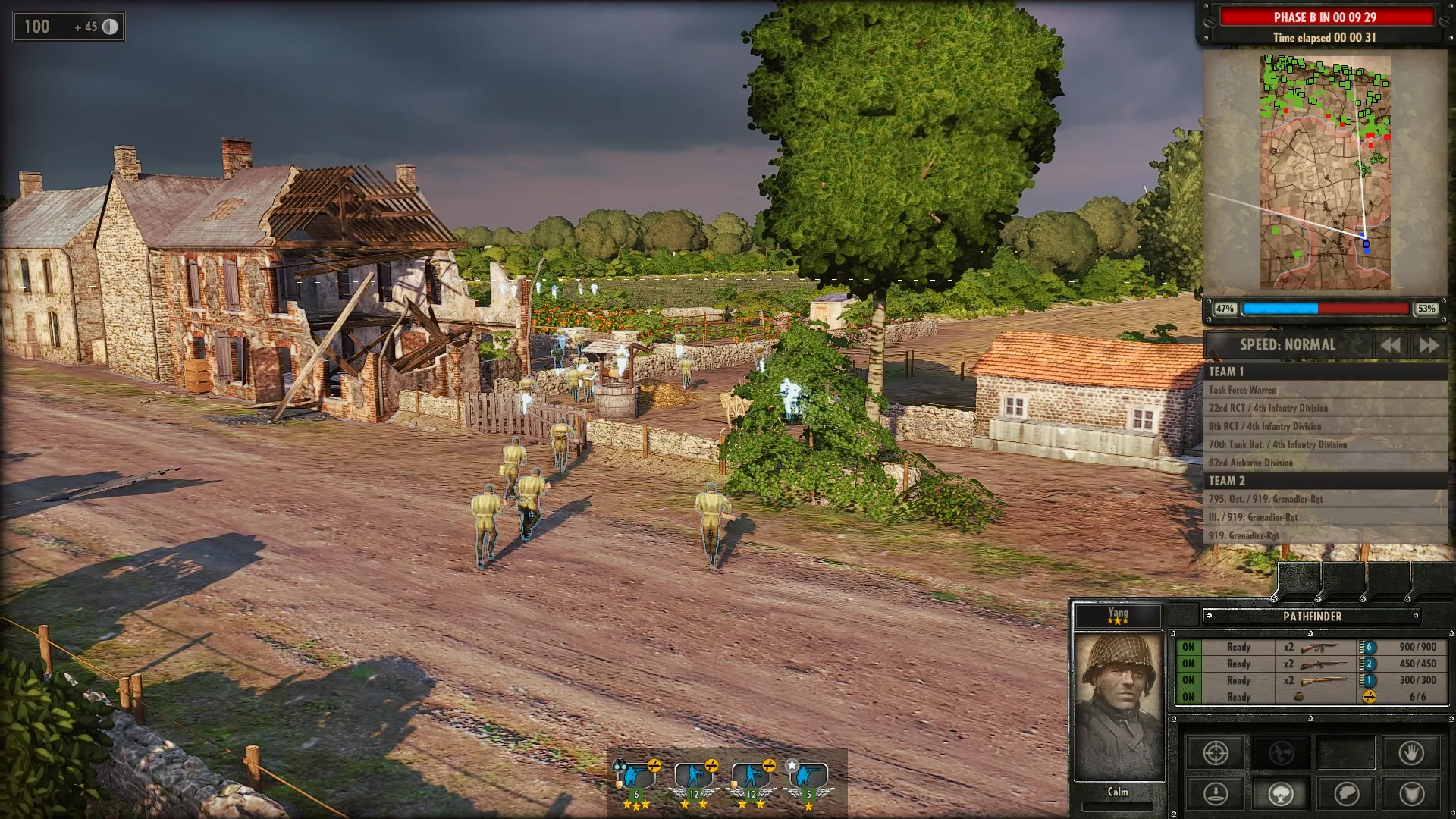 Steel Division: Normandy 44 Graphics
Steel Division: Normandy 44 Graphics
Room for Improvement
Despite its strengths, Steel Division: Normandy 44 inherits some shortcomings from previous Eugen Systems titles like R.U.S.E. and the Wargame series. The limited number of maps, primarily focused on the Normandy region and surrounding areas, restricts variety and long-term replayability. While the existing maps are large and detailed, the lack of diverse environments might deter players from extended engagement.
Graphically, while the game renders thousands of units simultaneously, the engine reveals some rough edges upon closer inspection. Unit movement often appears as gliding rather than realistic locomotion, and explosions lack visual fidelity, reminiscent of issues present in the Wargame series.
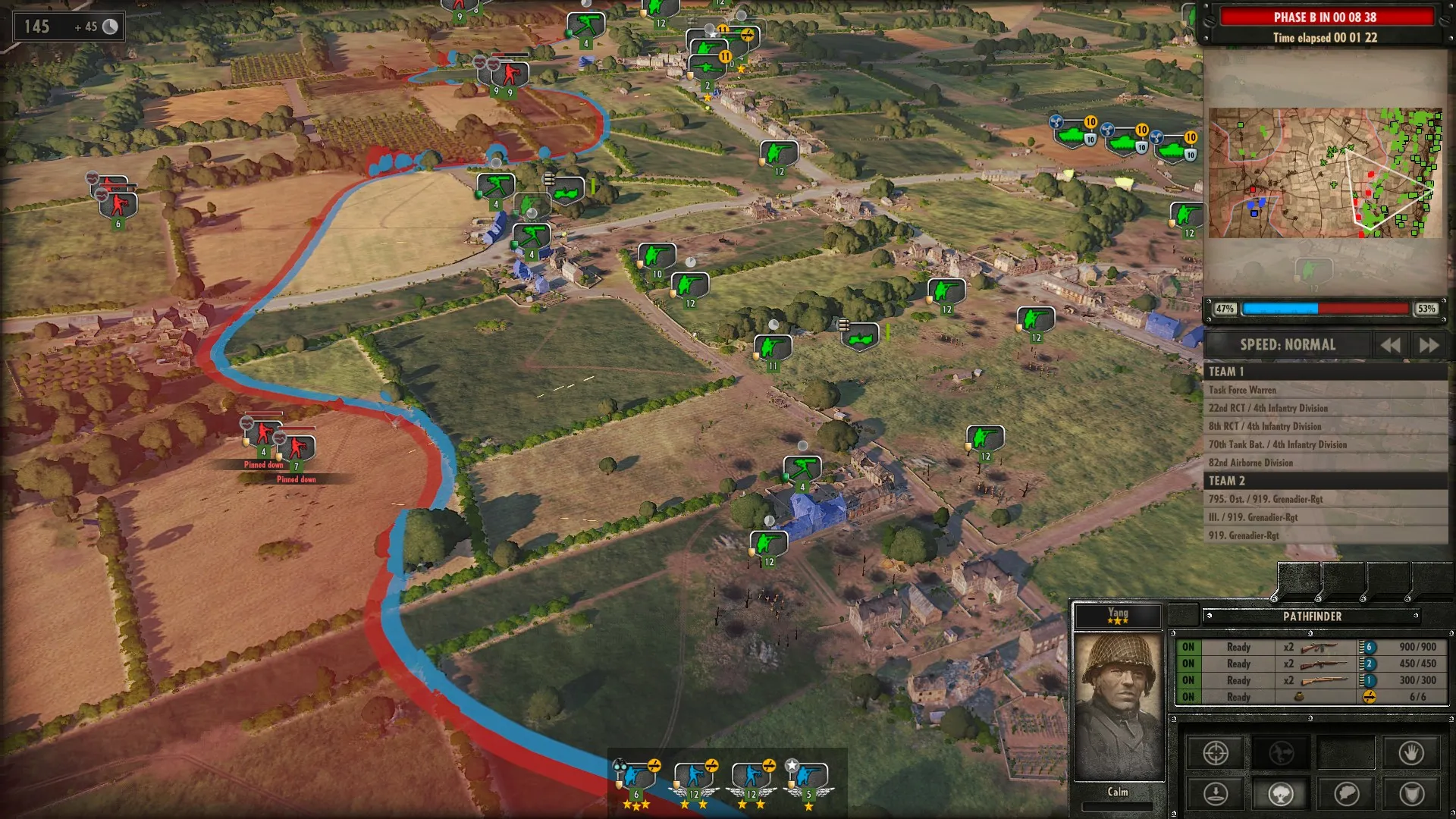 Steel Division: Normandy 44 Multiplayer
Steel Division: Normandy 44 Multiplayer
The multiplayer experience also falls short of expectations. The slow-paced, deliberate nature of combat simulation lacks the immediacy and spectacle that appeal to fans of fast-paced RTS games like Company of Heroes. This deliberate pace requires patience and dedication, potentially alienating newcomers to the genre.
“The multiplayer aspect of Steel Division: Normandy 44 isn’t a major draw due to the slow, deliberate pace of combat simulation.”
Conclusion
Steel Division: Normandy 44 delivers a compelling Combat Simulator experience, immersing players in the complexities of World War II warfare. Its commitment to realism, evident in its vast maps, nuanced unit behavior, and intricate game mechanics, caters to hardcore strategy enthusiasts. However, the limited map selection, graphical shortcomings, and slow-paced multiplayer might limit its appeal to a broader audience. Despite these flaws, Steel Division: Normandy 44 offers a unique and rewarding experience for players seeking a truly authentic and challenging wargame.
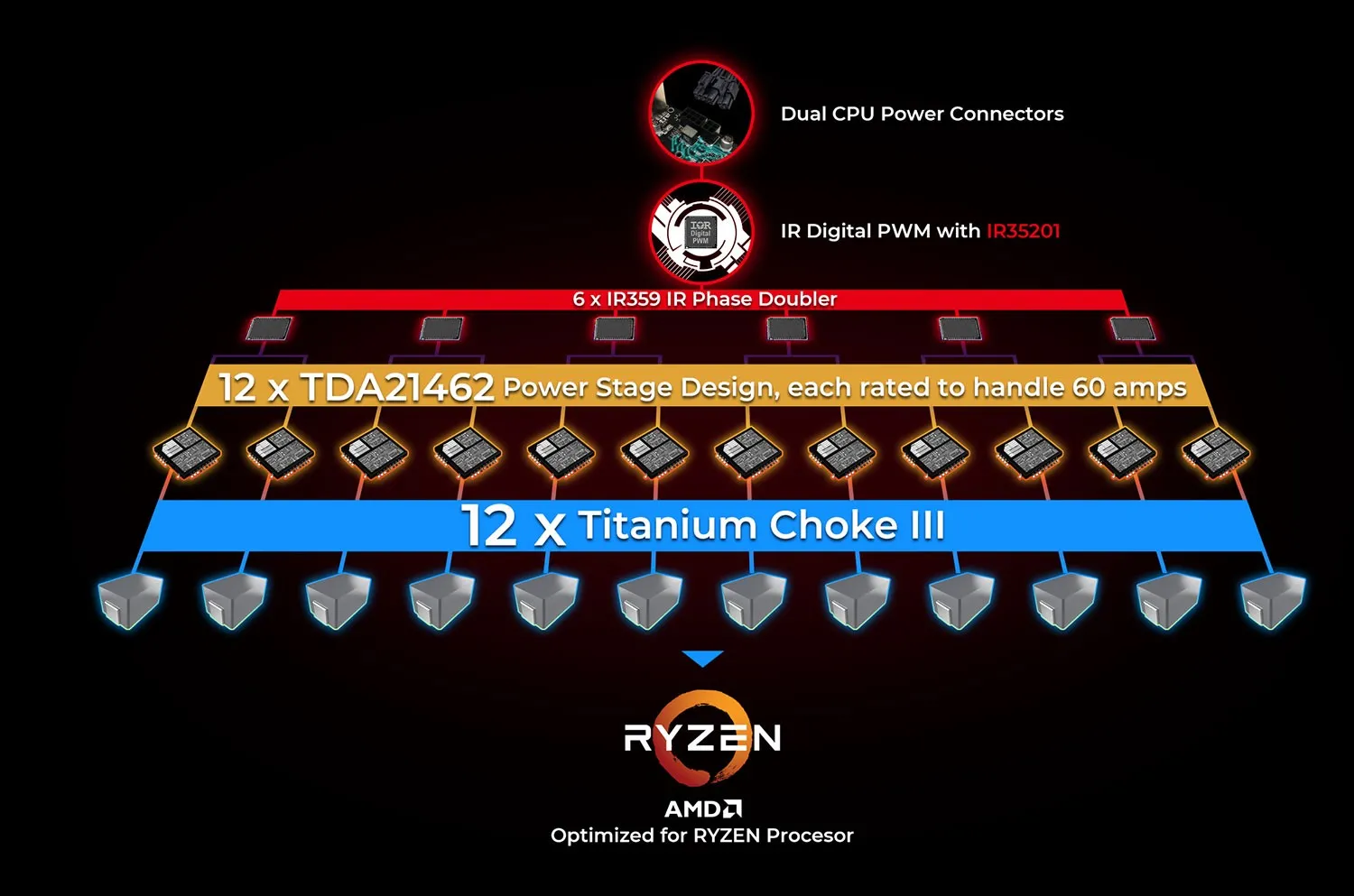

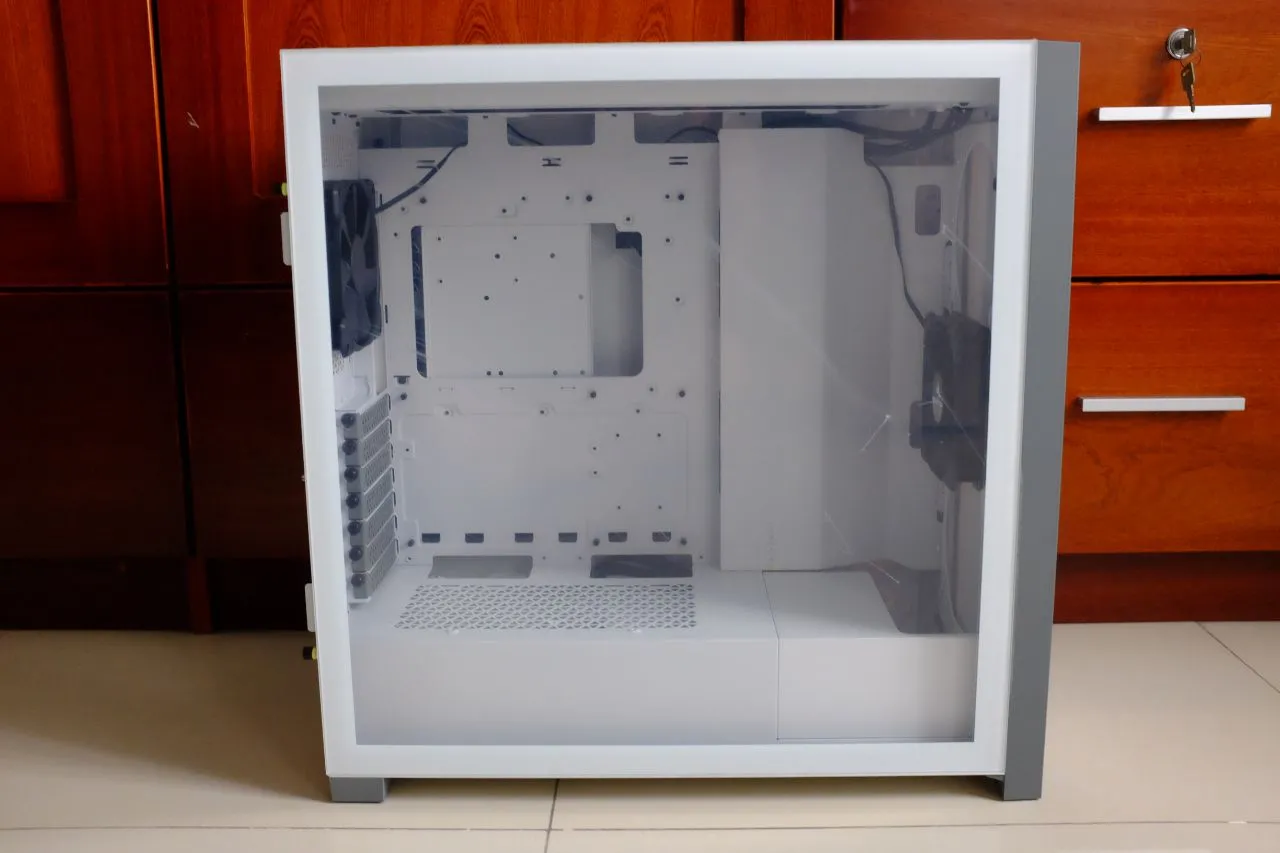
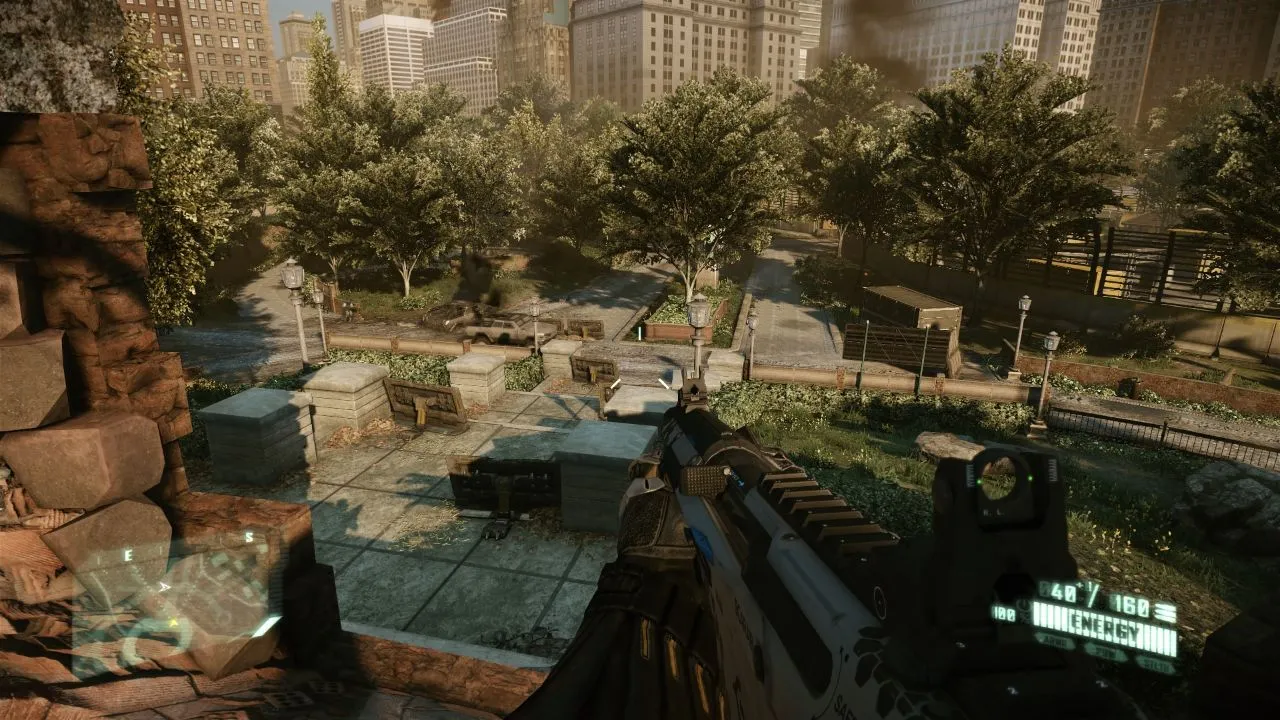

Comments (0)